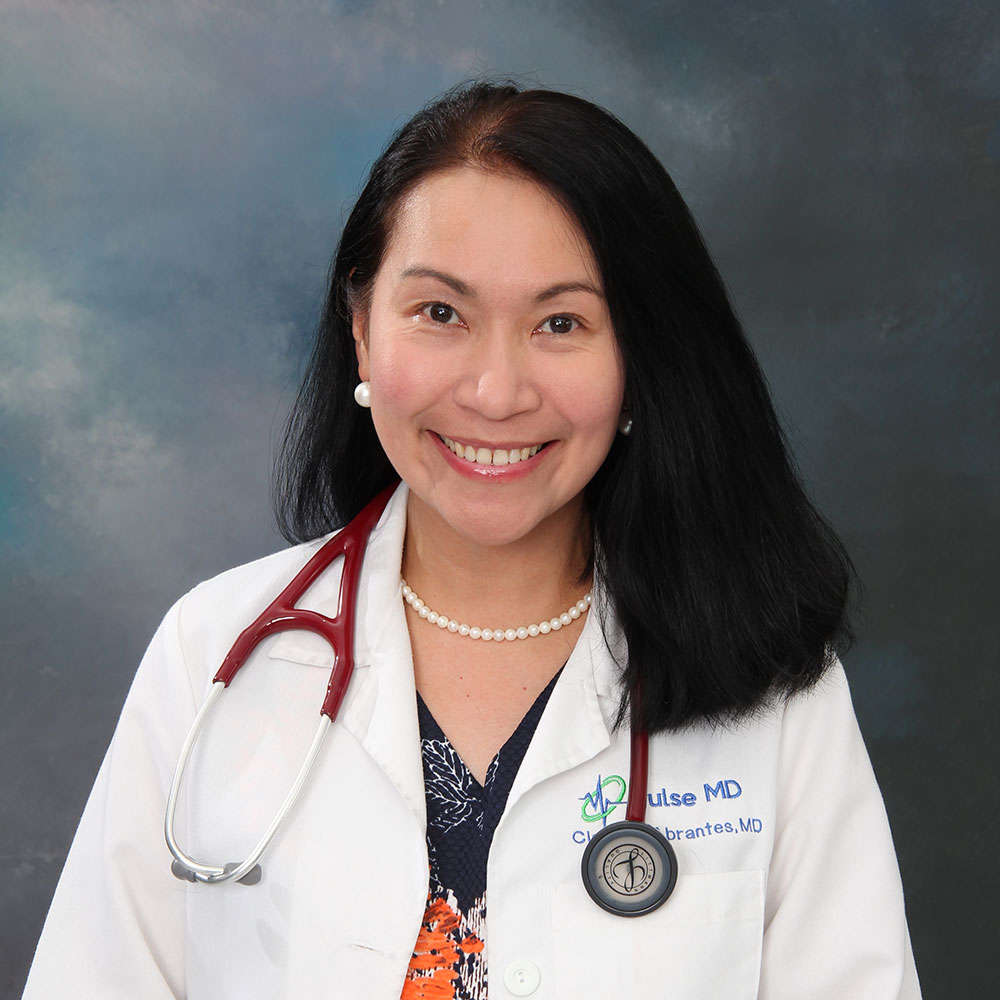You could have heard others around you say, “Oh! “I’m very down,” or “She never smiles, is she down?” Regrettably, the terms sadness and depression are sometimes used interchangeably. However, there is difference between being sad and being clinically depressed. When one is depressed, the sensation of sadness doesn’t go away ‘easily,’ and it becomes difficult to continue normal activities.
One of many triggers for feeling low, upset, or sad can be the loss of a sporting event, a relationship breakup, loss of family member, or a friend. Sometimes just going for a walk in the fresh air, relaxing in bed, or listening soothing music can improve mood and allow to return to your normal rhythm.
According to the American Psychiatric Association (APA), one in every six persons, or 16.6% of the adult population, may suffer depression at some point in life.
What is depression?
Depression is a mood condition characterised by long-term sadness and loss of interest. It affects how you feel, think, and behave and can lead to a variety of mental and physical difficulties. You may have difficulty while performing routine daily activities, and you may feel as if life isn’t worth living.
Depression can be moderate and temporary, or severe and prolonged. Depression makes you lose interest in everything, affects your overall mental health and makes you incapable of doing your daily routine activities.
Your doctor will access your condition, and may start some medication or may refer you to a psychiatrist for theraphes, like Cognitive behavioral therapy (CBT), electrive convulsive therapy (ECT) or transcranial magnetic stimulation (TMS).
How do I know if I am depressed?
You may be suffering from depression if you have been experiencing some of the following signs and symptoms most of the day, for at least two weeks:
A persistent sadness, nervousness, or “empty” mood
Irritability, frustration, or a sense of restlessness
Guilt, worthlessness, or feeling powerless
Loss of interest or pleasure in previously appreciated activities
Low energy, tiredness, or a sense of being “slowed down”
Difficulty in concentrating, recalling information, or making decisions
Sleeping difficulties, sleeplessness, or oversleeping
Changes in appetite or unintentional weight loss
Suicide attempts or thoughts of death
Not everyone who is depressed exhibits all of the symptoms. Some people have only a few symptoms, while others have numerous. A diagnosis of serious depression requires several persistent symptoms in addition to low mood. The degree, frequency, and duration of symptoms will vary based on your specific condition.
Who is at greater risk of getting depression?
The following factors appear to enhance the chance of acquiring depression:
Physical or sexual abuse, the death of a loved one, a tough relationship, or financial difficulties
Family members that have a history of depression, bipolar disorder, alcoholism, or suicide
Other mental health disorders, such as anxiety disorder, eating disorders, or post-traumatic stress disorder
Excessive alcohol or recreational drug abuse
Serious or chronic illnesses include cancer, stroke, chronic pain, and heart disease
When should you see a doctor?
If you are depressed, schedule an appointment with your doctor or a mental health expert as soon as possible. Talk to a friend or loved one, a health care professional, a religious leader, or someone else you trust if you are hesitant to seek therapy.
When should you seek emergency assistance?
If you fear you might damage yourself or attempt suicide, call 911 or your local emergency number right once.
Contact your doctor or mental health professional. Contact a close friend or loved one.
If you have a loved one who is suicidal or has attempted suicide, make sure someone remain with him.
How Does Depression Get Treated?
Depression is one of the most treatable mental illnesses. Between 80% and 90% of people with depression respond favourably to treatment.
The doctor will make sure that the depression is not caused by a medical issue such as a thyroid problem or a vitamin deficiency. After full confirmation, patients will be declared depressed.
The treatment plan includes;
Medication
Antidepressants are more commonly used because of their specific anti-depression property and least side effects.
Although antidepressants may provide some relief within the first week or two of use, full benefits may not be realized for two to three months. If you don’t improve with the meds, your doctor will change the dose or try another anti-depressant.
Psychiatrists typically advise patients to continue taking medication for six or more months after their symptoms have improved.
Psychotherapy
Psychotherapy, often known as “talk therapy,” is sometimes used alone to treat mild depression; however, for moderate to severe depression, psychotherapy is frequently used in addition to antidepressant medicines.
CBT (cognitive behavioural therapy) is useful in the treatment of depression. CBT is a type of therapy that focuses on problem-solving in the present moment. CBT assists you in recognizing negative thinking and behaviour making you respond more positively.
Psychotherapy also includes group therapy which puts you with people having similar conditions together in a supportive setting, and it can help you understand how others handle these similar situations. Your psychiatrist will schedule at least 9-10 sessions of talk therapy.
Electroconvulsive Therapy (ECT)
Depending on your condition, your doctor may refer you to a psychiatrist, who may order an ECT or TMS.
ECT is a medical treatment that is often reserved for individuals suffering from severe serious depression who have not responded to conventional therapies. It consists of a brief electrical stimulation of your brain while you are sedated. ECT is normally administered two to three times each week for a total of six to twelve treatments. ECT has been used since 1940s, and many years of research have resulted in significant advancements and recognition of its effectiveness. It is also effective if a pregnant lady comes with depression.
TMS
Transcranial magnetic stimulation (TMS) is a non-surgical method that uses magnetic fields to activate your brain to limit your depression symptoms. TMS is usually utilized when other depression treatments have failed.
An electromagnetic coil is placed against your scalp near your forehead during anrTMS session. The electromagnet gently provides a magnetic pulse that activates your brain’s mood regulation and depression region. It is considered to activate brain regions that have diminished activity in depression.
TMS appears to influence how the brain works, which helps to reduce depressive symptoms and normalize mood.
How to prevent depression?
There is no magic method to avoid depression. However, if you follow the following steps, you will definitely reduce your chances of being depressed;
Take action to reduce stress, and raise your self-esteem.
Reach out to family and friends for support, especially during times of difficulty.
People can do a variety of things to minimize the symptoms of depression. Regular exercise helps many people feel better and boosts their attitude. Regularly getting enough quality sleep, eating a nutritious diet, and avoiding alcohol (a depressive) might also help lessen depression symptoms.
Consult with your family physician or a psychiatrist. Discuss your concerns and ask for a thorough evaluation.





